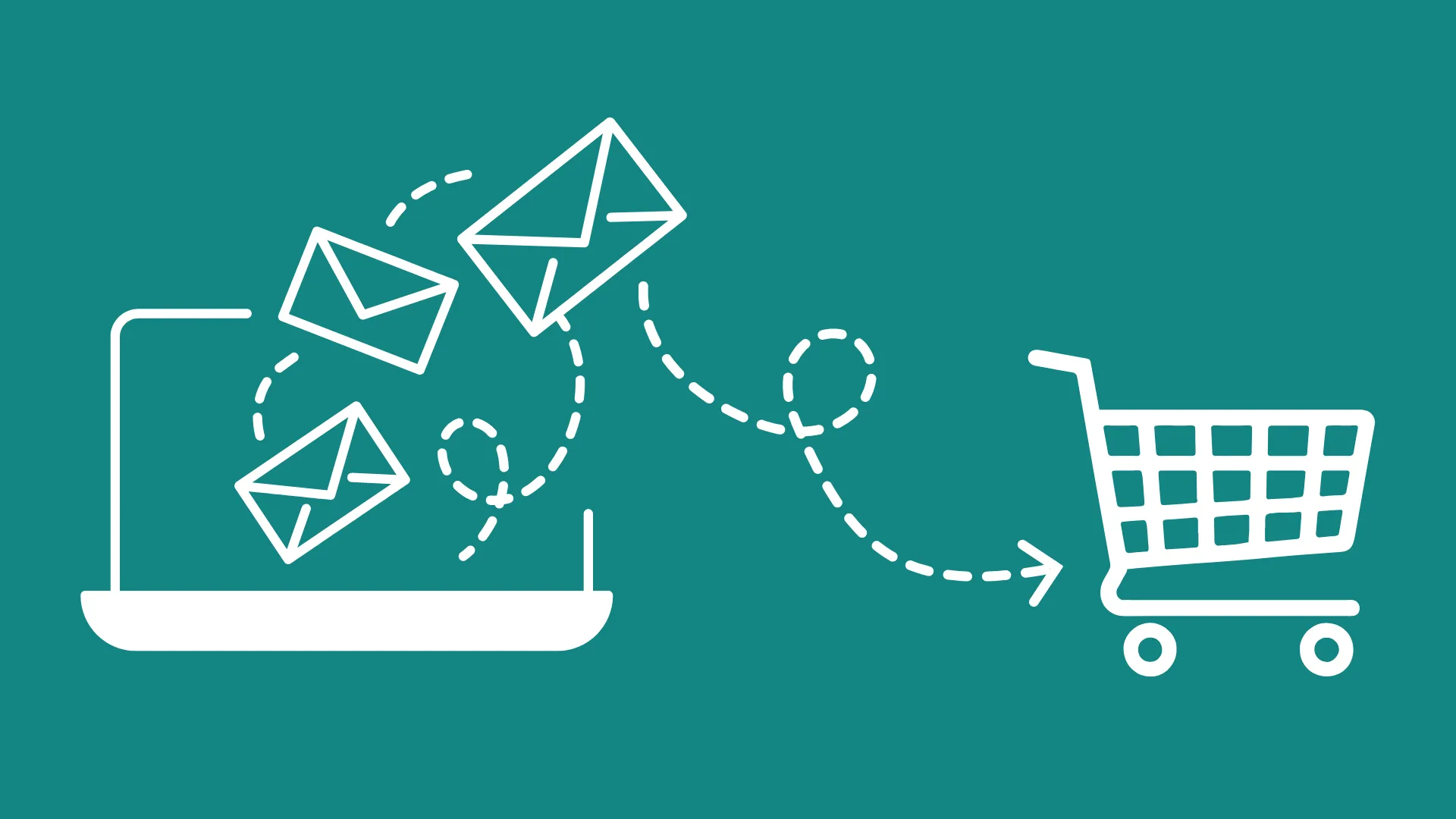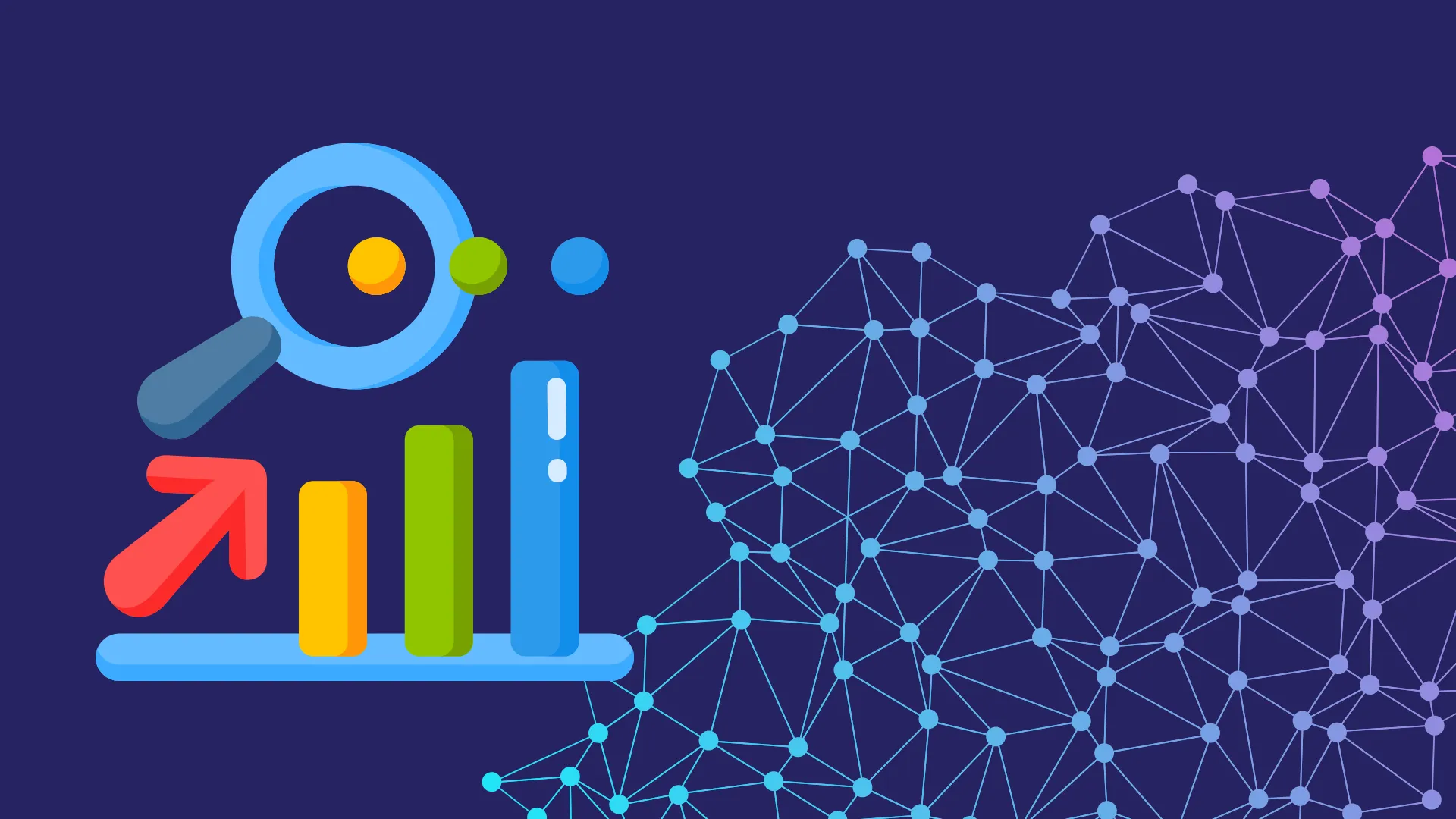Combat Ad Fatigue with Aston Digital: Revitalise Your Advertising Marketing Campaigns
Is your marketing campaign suffering from ad fatigue? At Aston Digital, we’re here to help you rejuvenate your advertising efforts and maximise your ROI.
What is Ad Fatigue?
Ad Fatigue occurs when your audience encounters your ads too frequently, leading to decreased interest and engagement. As the frequency of your ads increases, your click-through rate (CTR) typically drops. This decline results in diminished effectiveness of your campaign and a poor return on your investment. At Aston Digital, we understand that you want your advertising to stand out, make a lasting impression, and drive your target audience to take action.
Identifying Ad Fatigue
To combat ad fatigue, you first need to track your campaign performance. Without monitoring, you won’t know if your audience is losing interest. Here are the key metrics to watch for:
- Ad Frequency
Ad Frequency measures how often your ad is shown to the same user. It’s calculated by dividing the number of times an ad is displayed by the number of unique users who see it. For instance, if an ad is shown 300 times to 150 users, the frequency is 2, meaning each user sees the ad twice on average. A high frequency—especially if your ad is seen more than 10 times—can lead to ad fatigue. Monitoring this metric helps ensure your audience isn’t overwhelmed by repetitive content. - Cost-Per-Click (CPC)
CPC is the amount you pay each time someone clicks on your ad. Rising CPC can indicate ad fatigue, as you may be paying more to achieve the same level of engagement. CPC varies based on your industry and targeting precision. Typically, higher CPC is associated with more valuable goods or services. - Click-Through Rate (CTR)
CTR is the ratio of clicks your ad receives to the number of impressions it generates. A steady decline in CTR is a primary sign of ad fatigue. If users lose interest in your ad, they’re less likely to click on it, even if the ad had a high CTR initially. However, consistently low CTR might indicate other issues beyond ad fatigue.
Strategies to Reduce Ad Fatigue
- Limit Ad Frequency
Frequency is calculated based on impressions and reach, showing how often a person in your target audience sees your ad. To avoid ad fatigue, monitor and manage this frequency. If your audience is exposed to your ad too many times, they may become disengaged. - Refresh Ad Content
Avoid monotonous content by varying your ad’s elements. Minor changes such as altering wording, images, or colours can create a fresh look without starting from scratch. Small adjustments can significantly impact how your audience perceives and interacts with your ads. - Refine Targeting
Fine-tune your ad targeting to avoid overlap. Segment your audience and target different groups individually to prevent overexposure. For example, exclude users who have already engaged with your ad or liked your page to prevent annoying your most loyal followers. Tailoring your approach ensures you reach new or less familiar segments of your audience.
Bottom Line
Revamping your ad campaigns is an ongoing process. Staying updated with industry trends and observing successful campaigns from both small businesses and major players can inspire fresh ideas. While short-term fixes can help, a comprehensive overhaul is often the best solution for ad fatigue.
At Aston Digital, we specialise in crafting engaging and effective ad strategies that capture attention and drive results. If you’re ready to tackle ad fatigue and rejuvenate your marketing efforts, reach out to us. Let’s work together to create compelling ads that resonate with your audience and deliver measurable success. Contact us here to get started.
Let’s Get Your Ad Campaigns Humming!
Complete the form below and our team will respond within 1 business day.


Once upon a time, Black Friday was a single weekend event that followed Thanksgiving in the U.S. It's basically their version of Boxing Day sales but with [...]

People are opening your emails. They’re clicking your links. But… they still haven’t converted. You're first reaction is probably, "My emails aren't working." But that's not actually [...]

We’ve entered a new era of marketing - one where your content is no longer just read by people. It’s interpreted by AI. From Google’s Search Generative [...]

For months, we’ve all been wondering what the future holds for Google Ads with AI Overviews and the new AI Mode changing the way people interact with [...]

It’s not your imagination - social media feels a little quieter these days. Posts that once racked up likes, comments and shares are now met with a [...]

Something has shifted online this year, and if you work in marketing, you’ve felt it. Feeds feel noisier, yet somehow emptier. Search results loop endlessly. Trends peak [...]

Engaging with your audience may be more powerful than most social media teams realise. A new data study from Buffer has revealed that responding to comments on social [...]

Once upon a time, Black Friday was a single weekend event that followed Thanksgiving in the U.S. It's basically their version of Boxing Day sales but with [...]

People are opening your emails. They’re clicking your links. But… they still haven’t converted. You're first reaction is probably, "My emails aren't working." But that's not actually [...]

We’ve entered a new era of marketing - one where your content is no longer just read by people. It’s interpreted by AI. From Google’s Search Generative [...]

For months, we’ve all been wondering what the future holds for Google Ads with AI Overviews and the new AI Mode changing the way people interact with [...]

It’s not your imagination - social media feels a little quieter these days. Posts that once racked up likes, comments and shares are now met with a [...]

Congratulations. You’ve already beaten the odds. On average, 8 out of 10 people will read the headline of a piece of content - but only 2 out [...]

AI tools like ChatGPT, Google Gemini and Perplexity are quickly becoming part of how people discover websites. Instead of searching Google directly, users are asking AI tools [...]

We often hear that attention spans are decreasing, particularly among Gen Z. Social media platforms like TikTok and Instagram are often blamed, with headlines suggesting that endless [...]

